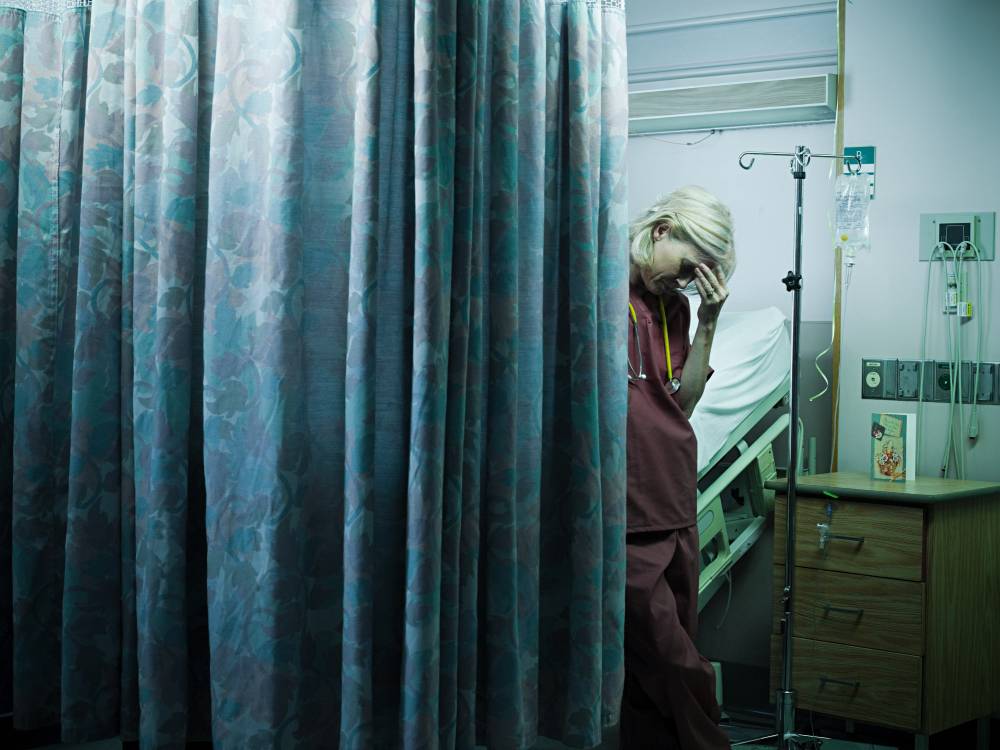
A North Queensland coroner has raised the question of using CCTV cameras in aged care during an inquest into the death of a 72-year-old woman.
The coroner canvassed opinions from family, staff, and police about using CCTV cameras in nursing homes.
While some said CCTV cameras would provide clarity around unfortunate incidents such as the death under investigation, others raised concerns about privacy and consent.
The matter under investigation was the death of a 72-year-old woman who was living with advanced dementia. An enrolled nurse found the woman in her bed, with the covers drawn up over her face. Sadly, the woman had died.
In the final days of her life, the woman’s three children had become “increasingly distressed” by the pain their mother was suffering. They asked staff about the best way to manage her pain.
She was placed on a syringe driver to administer morphine.
By Saturday 30 July 2016, the children told nursing home staff they believed their “mother’s spirit has left her body”. The woman was unconscious, and her breathing was shallow.
The family was caring for the woman around the clock, sleeping on a mattress on the floor beside her bed for the 10 days before she died.
They attended to her personal care, toileting, washing, dressing and bathing her.
The children wanted to ensure their mother “did not go to her death alone”, the coronial report states.
During the inquest, the children said they appreciated the time they were given by the nursing home staff, saying they had received “incredible support”.
A member of staff observed the woman’s breathing was shallow and raspy on the morning of Sunday 31 July, referring to it as the “death rattle”.
One of the children brought in a wedding video to play so that everyone could remember the woman as she had been, “a strong woman, an unbelievable nurse, and incredible mother (and grandmother) who have up everything to raise her three children.”
They played the video in a common room near the woman’s bedroom, and afterwards talked about her life.
One of the enrolled nurses then went in to check on her, and at first could not see the woman. She then noticed “lumps” under the doona on the bed and realised she was under the doona. She pulled back the doona and and noticed the woman wasn’t breathing.
She called the nurse on duty, who recorded that the woman had died.
The enrolled nurse then left the room as one of the children was entering. The enrolled nurse said she could tell by the look on the daughter’s face she knew her mother had died.
The enrolled nurse claimed the daughter said to her, “Hamish said that if we covered her head she would go quicker.”
The enrolled nurse found the statement “alarming” because the daughter had not be told her mother was found with the covers over her head. The daughter later denied making the statement.
The enrolled nurse later changed her statement about the position she had found the woman, in which weakened her credibility.
The coroner she was satisfied the children only discovered the mother was found with the bedclothes over her head when they were informed by police the next day, on 1 August 2016.
The corner said she consider the most likely cause of death was necrotising bronchopneumonia which complicated the Alzheimer’s disease and Cachexia.
The autopsy did not reveal any signs of asphyxiation.
However, the coroner said, “It cannot be excluded that this had some contribution to death by causing a degree of suffocation.”
Police treated the death as “suspicious”, but after a “thorough” investigation, concluded “it was unlikely an offence had occurred.”
The GP who looked after the woman said one of the daughters asked if her mother could be euthanized. She said the request left her feeling “challenged and taken aback”.
When the coroner asked the GP if she believed the family had been involved in the woman’s death, the GP replied, “To be openly asked to euthanize and then for a patient to be found in these circumstances, you wonder.”
“This has been incredibly traumatic for a lot of people and sadly a breach of trust,” the GP said.
“I feel very betrayed personally when I have a lady who is dying, and we were doing everything we could to make sure she had a dignified peaceful death and the outcome of this is really sad,” she said.
The coroner found that someone did place the bedcovers over the woman’s head, but that there was insufficient evidence to identify who that person was, or if the bedclothes were placed over her head before or after she died.
The coroner’s report also contained a discussion of the use of CCTV cameras in aged care facilities.
The coroner asked those who took part in the inquest about their views on the topic.
Many said CCTV cameras would have been useful in clarifying what happened on the day the woman died.
However, some expressed concern about privacy and consent.
The coroner did not make any recommendations regarding the use of CCTV in aged care facilities, however she recommended her report be provided to the Royal Commission into Aged Care Quality and Safety.
This is a very sad story and reveals the complex issues that families can face when a loved one is at the end of their life.
It’s not difficult to understand that family may wish to put an end to their loved one’s suffering and pain when it is known their condition is terminal.
In Australia, the approach in these situations is to provide palliative care with the aim of relieving suffering for those at the end of life, and also to prepare the family for what lies ahead.
Euthanasia is currently illegal in Australia, although it will become legal in Victoria from 1 July 2019.
Please note: The image used to illustrate this article does not represent actual people or events. Image: iStock.